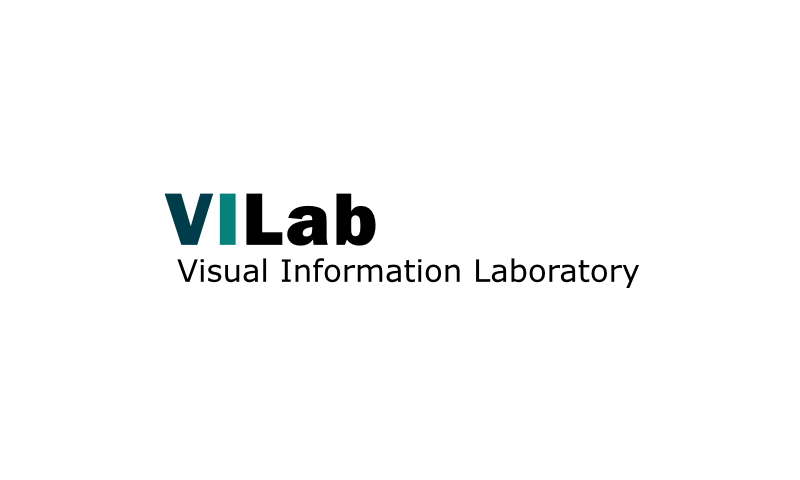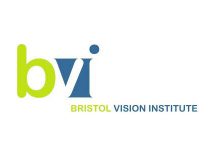Seminars
VILSS: 2D Pairwise Geometry for Robust and Scalable Place Recognition
Edward Jones, Dyson Research Lab, Imperial College London In this talk, I will present an overview of my PhD research on extending recent trends in visual place recognition to offer robustness and scalability. The underlying theme of my work is the exploitation of 2D geometry between pairs of local image features, which is often overlooked in […]
VILSS: Transductive Transfer Learning for Computer Vision
Teo de Campos, University of Surrey One of the ultimate goals of the open ended learning systems is to take advantage of previous experience in dealing with future problems. We focus on classification problems where labelled samples are available in a known problem (the source domain), but when the system is deployed in the target dataset, […]
VILSS: Ortho-diffusion decompositions of graph-based representations of images
Adrian Bors, University of York In this presentation I introduce the ortho-diffusion operator. I consider graph-based data representations where full data interconnectivity is modelled using probability transition matrices. Multi-scale dimensionality reduction at different scales is used in order to extract the meaningful data representations. The QR orthonormal decomposition algorithm, alternating with diffusion and data reduction stages […]
VILSS: Ultrasound imaging and inverse problems
Denis Kouame, Universite Paul Sabatier Toulouse Among all the medical imaging modalities, ultrasound imaging is the most widely used, due to its safety, cost-effectiveness, flexibility and real-time nature. However, compared to other medical imaging modalities such as Magnetic Resonance Imaging (MRI), or Computed Tomography (CT), ultrasound images suffers from the presence of speckle and have low-resolution […]
VILSS: Discriminative Feature Learning for Large-scale Data
2.59 MVBMengyang Yu, Northumbria University Computation on large-scale data spaces has been involved in many active problems in computer vision and pattern recognition. However, in realistic applications, most existing algorithms are heavily restricted by the huge number and the high dimension of feature descriptors in data spaces. Generally speaking, there are two main ways to speed up the […]
Cuttlefish vision in a 3-D world
Seminar Room, Life Sciences Building Tyndall Avenue, BristolBVI Seminar with speaker Professor Daniel Osorio from University of Sussex.
BVI Seminar: Why do animals look and behave the way they do?
Seminar Room, Life Sciences Building Tyndall Avenue, BristolBVI Seminar with speaker Dr. Karin Kjernsmo from University of Bristol.
VILSS: Global description of images. Application to robot mapping and localisation
VILab Seminar with speaker Luis Payá from Miguel Hernández University, Spain
VILSS: Human Action Recognition and Detection from Noisy 3D Skeleton Data
Mohamed Hussein, Egypt-Japan University of Science and Technology Human action recognition and human action detection are two closely related problems. In human action recogniton, the purpose is to determine the class of an action performed by a human subject from spatio-temporal measurements of the subject, which are cropped in the time dimension to include only the […]
BVI Seminar: The effectiveness of camouflage; predator learning and new modelling approaches
Seminar Room, Life Sciences Building Tyndall Avenue, BristolJolyon Troscianko, Exeter University Abstract: Evading detection is crucial for the survival of many animals, and number of different means of achieving camouflage have been discovered. I will discuss my recent work investigating whether some types of camouflage are more easily learnt than others. If predators learn to find one type of prey more efficiently […]


